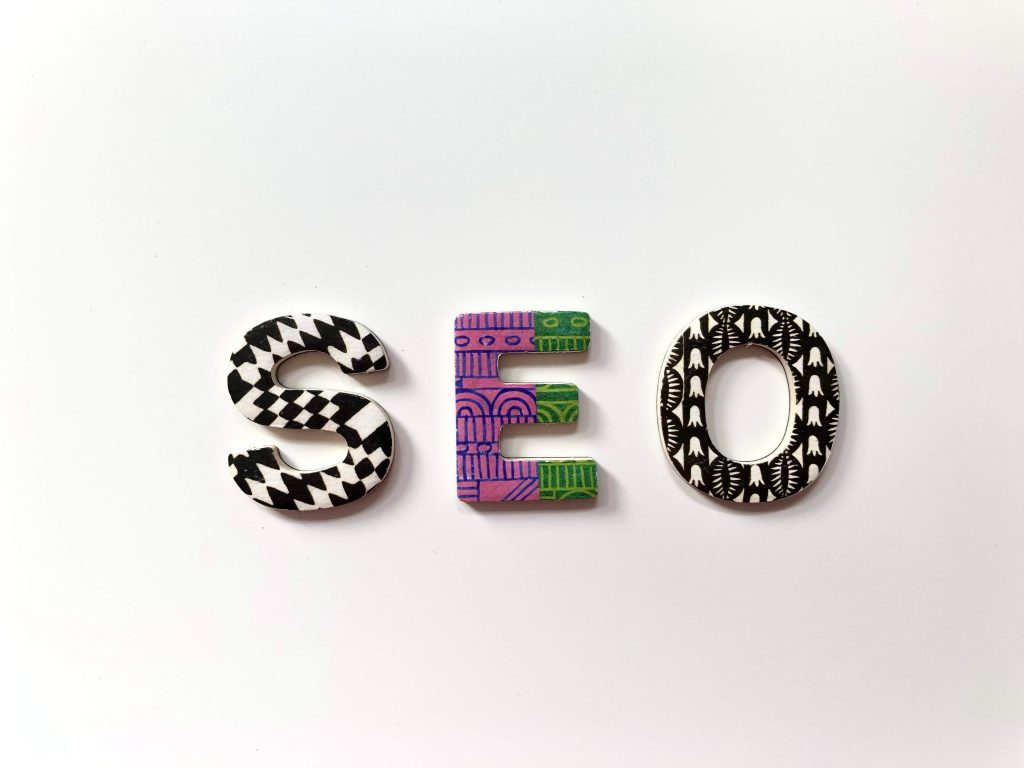Search engine optimization is a term familiar with everyone who is trying to promote a website. The term itself is used to describe techniques used to  gain better ranking in the search engines, particularly with Google. Over the years, SEO has changed dramatically, and the techniques you used just five years ago may no longer get you a good place in the search results.
gain better ranking in the search engines, particularly with Google. Over the years, SEO has changed dramatically, and the techniques you used just five years ago may no longer get you a good place in the search results.
It Started With Keyword Stuffing
When the search engines started ranking sites, they were using keywords to rank a site. It seemed to make sense, sites with the most references to a search term would have the most information and therefore be the best choice. It does have logic, but it simply did not work.
Site builders started stuffing keywords so bad in their content so that they could rank higher in search that the content was just about useless. The sentences did not even make sense, and sites that offered true, relevant content were being placed far down the list. The Panda Update released by Google changed all of that.
Panda penalized sites with keyword stuffing. The new algorithm was looking for at the value of the content and if other keywords were included in the content. Around this same time site builders were also placing multiple links to their page in an effort to build relevance. The Panda update also started penalizing sites with links from unreliable or unrelated sources.
The Focus Then Shifted to Content and Security
As the focus shifted to higher quality content, Google needed to find a way to weed out bad sites. The search engine then began giving sites with HTTPS preference over non-secure sites, even if their content was not ranked as high. This encouraged more sites to take the extra step to become a secure site, making the Internet a little safer.
Google wanted to up the stakes a little with content and began giving sites with videos higher ranking than those without. They felt that the visual appeal of video made the content better for the end-user. Demonstration videos, review videos, and news reports all ranked higher than other types of content.
And Then Came The Mobile Device
The next change to search engine optimization came in 2014 when Google realized that mobile devices were being used more than a standard laptop or desktop for browsing. Latest figures show that almost 65 percent of searches now come from a hand-held device. However, handheld devices “see” web pages differently than your desktop versions.
Since handheld devices require pages to be set up differently, Google added another factor to their algorithm. Now, in addition to quality content and security, the site must be mobile-friendly to rank high on the search engine. Businesses are continuing to scramble to change their formats to be mobile-friendly, and all new sites are automatically designed this way.
The Future Of SEO
SEO will continue to evolve as the Internet is prone to do. The new adaptive technologies that are being implemented by companies like Google will continue to find ways to make the user experience better.
Small changes, like local search results, continue to evolve, and now people have begun to use search terms such as “…near me” so that they can fine-tune their results. Google has adapted to this change, and the results are amazing.
Websites will have to continue to update and change their content and structure to meet the demands of the search engines. While this may seem a never-ending process, it is also a beneficial process to legitimate sites that want their customers to be satisfied with their online experience.











